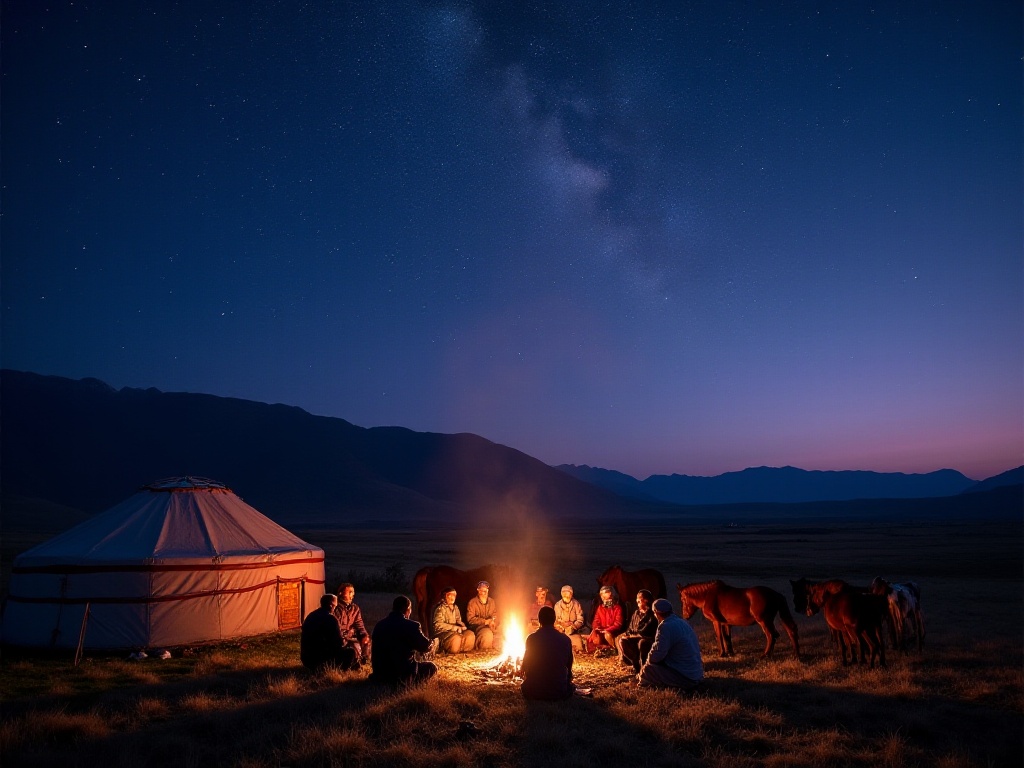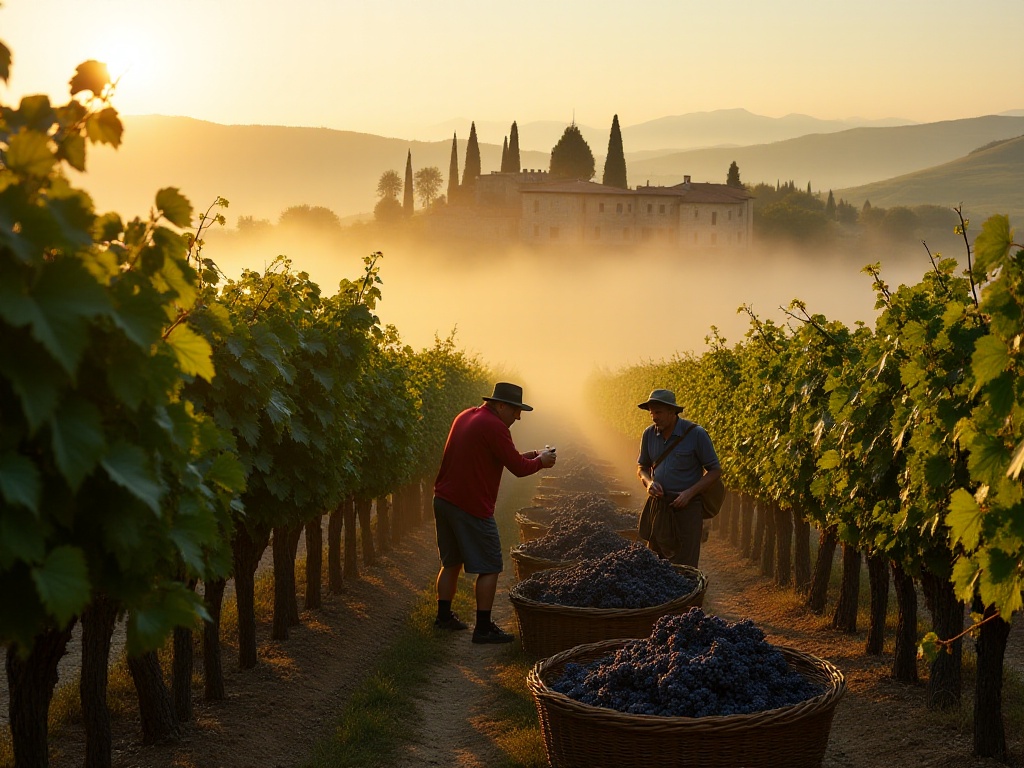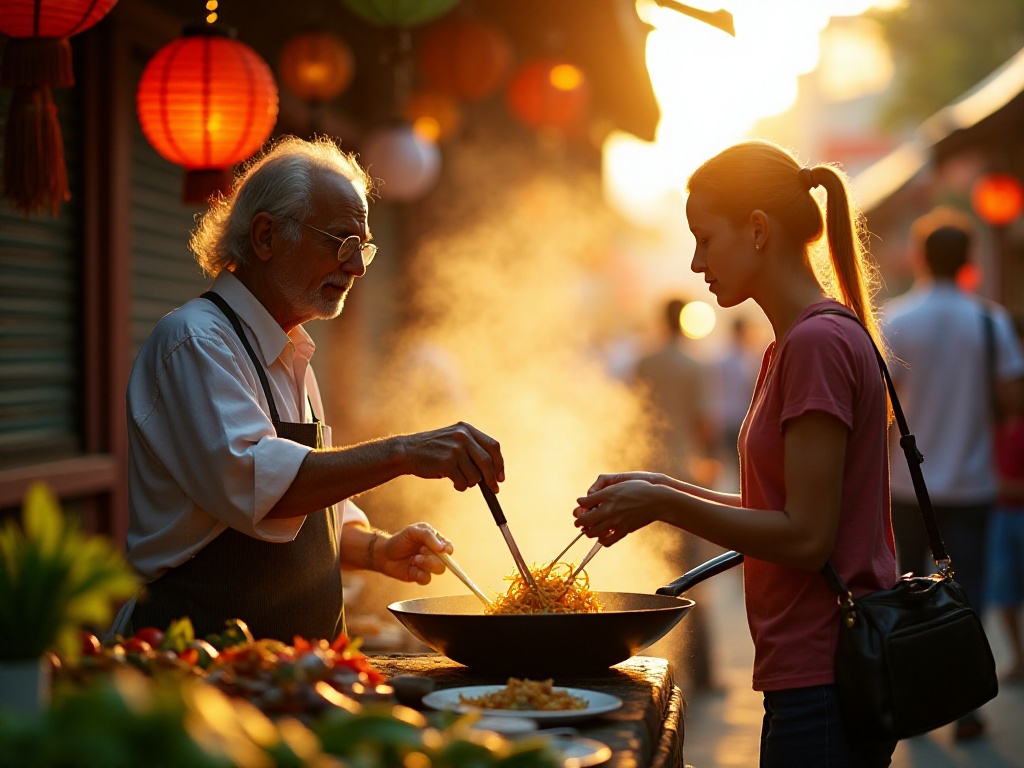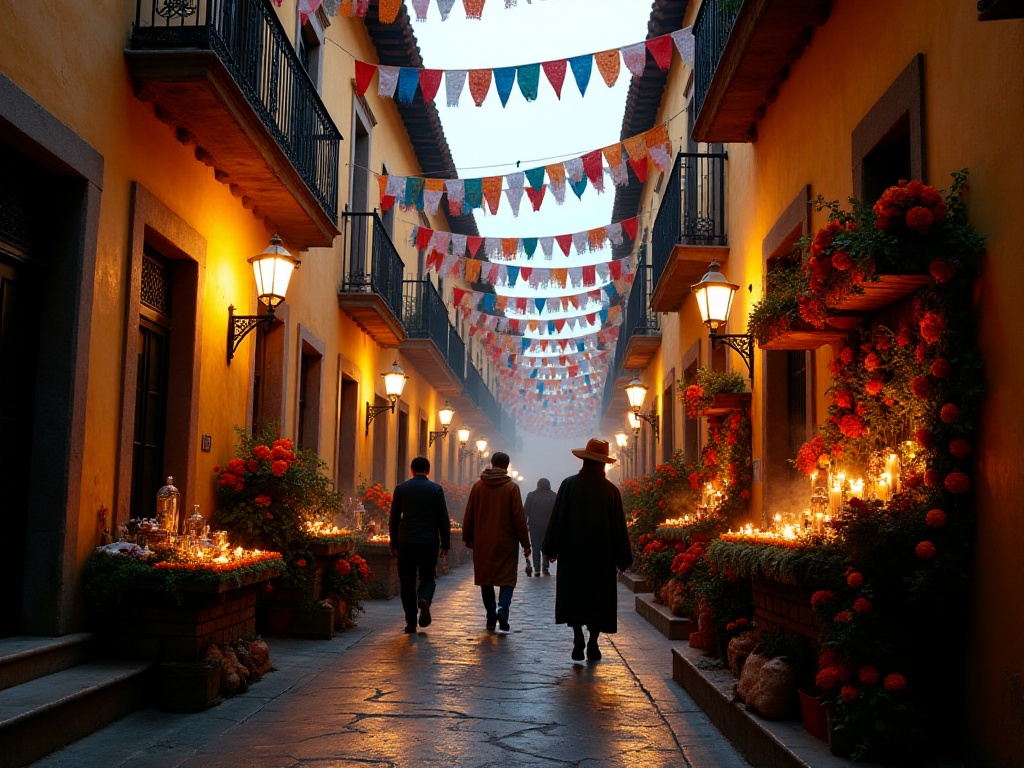First Encounter with the Small Town
After a nearly 5-hour journey from Tokyo on an express train, through bustling Osaka, and then switching to a leisurely local train, I finally arrived in Tsuyama City in northern Okayama Prefecture. This mountain-encircled small city has a population just over 100,000, making it quite small by Japanese standards.
The relaxed atmosphere captivated me from my first glimpse outside the station. Unlike the endless flow of people at Tokyo Station, the spacious station plaza here had a few elderly men playing Go, while office workers sat unhurriedly on nearby benches waiting for their buses. The electronic timetable at the station showed only about 20 train services per day - unimaginable in Tokyo.
I deliberately chose this place to experience life away from the city. When planning this trip, my friends thought I was crazy, saying "What's there to do in Tsuyama? They don't even have a large shopping mall." But this very "boredom" was precisely my purpose for this journey.
Slow Living
At six in the morning, I was awakened by melodious birdsong. My lodging, a century-old house converted into an inn by a retired architect, retained its original wooden structure with modern improvements to certain details. For example, he added a layer of clear glass to the traditional paper sliding doors, maintaining the aesthetic of Japanese architecture while solving insulation issues.
The room's tatami mats were woven from local rush grass, giving off a subtle fragrance when lying down. The washi paper on the sliding doors was specially made by local Tsuyama craftsmen, showing delicate patterns in the sunlight. Opening the sliding doors to the courtyard brought in fresh air and verdant views. The maple trees in the courtyard had begun to turn red, with a few crimson leaves gently falling onto the stone path, creating a natural ink painting.
The inn's owner, a gentleman in his sixties, tended to the garden plants every morning. He told me these plants were grown in the traditional way, without any chemical fertilizers or pesticides. "Young people today think this is too troublesome, but only this way can we maintain the plants' most natural growth state," he said while trimming maple branches.

Wandering the Streets
Tsuyama's most charming aspect lies in its streets. The roads here are narrow, many too small for cars to pass through. But it's precisely this scale that makes the entire city feel especially intimate. The streets are lined with wooden buildings, mostly two-story structures with various small shops on the ground floor and residences above.
Each doorway displays potted plants with seasonal flowers. Spring brings cherry blossoms and tulips, summer has hydrangeas and lilies, autumn features chrysanthemums and maple leaves, and winter showcases camellias and plum blossoms. These plants create a flowing landscape, offering new surprises during every stroll.
I particularly love a street called "Artisans' Lane." This street concentrates many traditional craft shops, including washi paper makers, fabric dyers, and woodworkers. Each shop is small but distinctive. For instance, there's a washi paper shop run by a grandmother in her seventies, who told me their family's paper-making techniques have been passed down for five generations. "Young people today all use printing paper, but washi paper is alive - it changes color and texture with time, and that's its beauty."
Daily Life
If you want to truly understand a city's life, the best way is to visit its morning market. Tsuyama's morning market has over a century of history, running from 5:30 AM to 9 AM daily. Though small, it offers everything from fresh produce to seafood.
What surprised me most was the variety of vegetables. There were seven or eight types of radishes alone - some for pickles, some for soup, and others for tempura. Local farmers told me that Tsuyama's mountain location creates significant temperature differences between day and night, making it ideal for growing root vegetables. The farmers here also stick to traditional farming methods, which though yielding less produce, results in superior taste.
Every morning, I would buy fresh ingredients at the market. Gradually, the vendors got to know me as the foreigner, often introducing me to local specialties and cooking methods. Once, a vegetable-selling grandmother specially saved me the season's best mountain vegetables, saying she wanted me to taste the flavors of Tsuyama.

Artisans
In Tsuyama, I was most moved by the artisans I met. Among them were carpenters, blacksmiths, potters, and weavers, each preserving their own realm of expertise.
In a secluded alley, I met an elderly carpenter. His workshop was only ten square meters, but he had been making wooden items there for fifty years. The workshop was filled with tools, some decades old but still well-maintained. The old man said young people today are unwilling to learn this craft, finding it too difficult with unstable income. But he believes these traditional crafts embody the Japanese artisan spirit and must be passed down.
I spent an entire day in his workshop, watching him create a wooden box using traditional tools. From material selection and cutting to assembly and polishing, each step strictly followed traditional craft requirements. "You can't rush woodworking," he said, "wood is alive, and you must learn to listen to its voice."
Food Culture
Tsuyama's food culture also left a deep impression on me. Most restaurants here are family-run, small in scale but particular about quality. A soba noodle shop I frequently visited had been passed down through four generations, starting dough preparation at four every morning.
The owner told me their noodle recipe was inherited, with strict standards from flour selection to water temperature control. They use local buckwheat flour, maintain water at exactly 12 degrees, and time the kneading process to the minute. "Many people ask why I'm so particular," the owner said, "but only this way can we make the best soba noodles."
Besides soba, Tsuyama has many specialty foods. For example, Tsuyama rolled sushi is made with local fried tofu and mountain vegetables, creating a special taste. There's also Tsuyama steamed tofu, made with mountain spring water, with such a delicate texture it needs no seasoning. These foods reflect Tsuyama people's respect for ingredients and adherence to tradition.
Festivals and Celebrations
During my two months in Tsuyama, I was fortunate to experience the local autumn festival. Unlike Kyoto's Gion Festival, Tsuyama's festival is smaller but more pure and primitive. Each community has its own portable shrine, decorated with designs related to local historical legends.
For instance, the shrine in my community was carved with a story about the local guardian deity. According to legend, this deity protected the entire community from a great fire during the Edo period. Since then, this pattern has been used in every festival to commemorate this history.
During the festival, the entire city is immersed in a joyful atmosphere. Streets are lined with food stalls selling traditional takoyaki, grilled squid, and local sweets. Children in yukata run through the streets with paper lanterns. Young people carry the portable shrines while singing traditional festival songs. Elderly people sit on benches along the road, their faces beaming with happiness.

Human Connections
What touched me most about life in Tsuyama was the human warmth. My elderly neighbor, knowing I lived alone, often brought me homemade pickles and snacks. She said these were traditional Tsuyama recipes, hoping I would remember the taste of this place.
The bookstore owner downstairs, a literature enthusiast, learned of my interest in Tsuyama's history and specially found some old books and local chronicles for me. Most of these books were published in the last century, recording Tsuyama's historical changes and folk stories. Through these books, I gained a deeper understanding of the city's past.
There was also a retired teacher living nearby who invited me for tea every week. His tea room was arranged in the traditional way, with tea implements made by local Tsuyama potters. During tea ceremonies, he would tell me about Tsuyama's history and culture, stories that couldn't be found in books.

Cultural Inheritance
Tsuyama's cultural inheritance gives me hope. There's a dedicated traditional crafts school here teaching young people traditional handicraft skills. The school's curriculum includes woodworking, pottery, dyeing, metalwork, and other fields, each taught by experienced artisans.
Statistics show that over the past five years, more than 200 young people have studied here, with 40% choosing to stay and develop locally. While this number might not seem high, it's quite remarkable in the current social environment. More importantly, these young people are interpreting traditional culture in new ways.
For example, a young woodworker combines traditional woodworking techniques with modern design, creating works that preserve traditional craft characteristics while meeting modern aesthetic standards. These works are popular online, not only generating considerable income but also helping more people understand the charm of traditional crafts.

Deep Reflection
On my last day in Tsuyama, I specifically climbed up to the Tsuyama Castle ruins. Standing at the castle's highest point, I could overlook the entire city. The distant mountains undulated, nearby houses were neatly arranged, and wisps of smoke rose from chimneys, creating a scene full of life.
At that moment, I suddenly understood what true cultural experience means. It's not about visiting popular tourist spots or shopping sprees, but truly integrating into a place's life, understanding how people live here, what their values are, and what they persist in maintaining.
Tsuyama's greatest revelation to me was whether, in this fast-paced era, we should occasionally slow down to experience this kind of steady, flowing life? While pursuing efficiency and convenience, should we also reserve some time to feel the essence of life?

Future Outlook
Looking back from 2025, I see more and more young people choosing to live in small cities. Some are escaping big city pressures, some are pursuing a better quality of life, and others are attracted by the cultural charm of these small cities.
This trend might indicate a transformation in lifestyle. In this information age, we don't necessarily need to live in big cities for development opportunities. Instead, these small cities preserving traditional culture might bring us new possibilities.
However, we must also consider how to balance development and preservation. How can we protect these small cities' authenticity while letting more people experience their charm? How can traditional culture find its place in modern society? These are questions we need to consider together.
When leaving Tsuyama, I took with me a wooden box made by the old carpenter, a package of local soba noodles, and countless memories. But most importantly, I found a way of life forgotten by modern society, which fills me with anticipation for the future.







